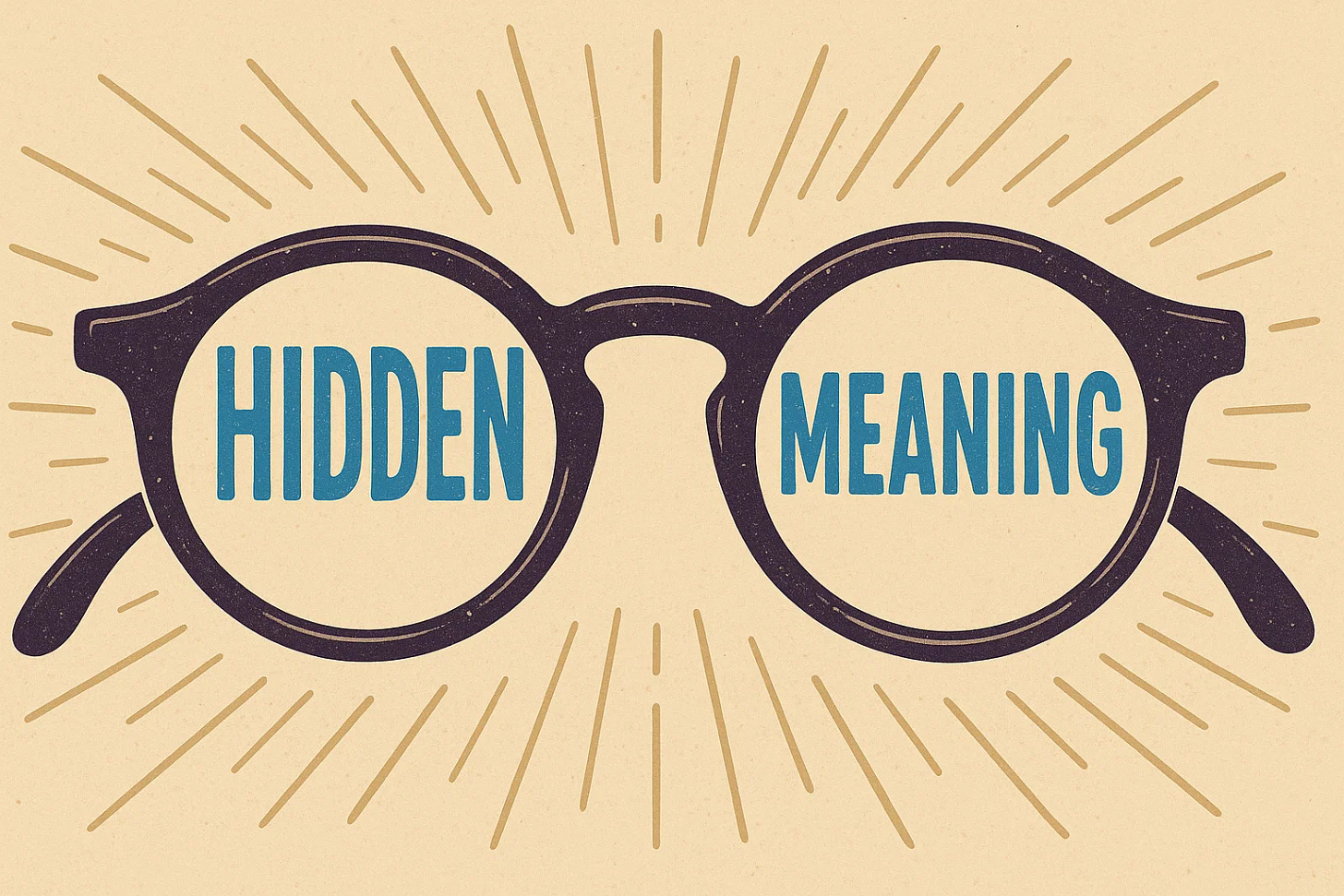From Genesis to Revelation, the Bible unfolds like a gradual, persistent, and unstoppable sunrise. God did not reveal everything about Himself at once. He disclosed Himself progressively, using events, people, prophets, and ultimately, Jesus Christ. Standing on the far side of the cross with the Holy Spirit living inside us, we see what Abraham, Moses, Isaiah, and David could only glimpse. We possess the complete revelation. That changes everything about how we read and understand the Bible.
God’s Progressive Revelation
God’s self-disclosure began in the garden. Adam and Eve heard His voice and walked with Him. But God didn’t abandon humanity after the fall—He pursued them. His revelation unfolded slowly:
To Abraham, He showed covenantal faithfulness.
Through Moses, He revealed His holiness and law.
In the prophets, He offered hope and judgment.
Through wisdom literature, He invited humanity to wrestle with life and faith.
Each revelation built on what came before, preparing for something greater.
Jesus Christ: The Full Revelation
God, who at sundry times and in divers manners spake in time past unto the fathers by the prophets, Hath in these last days spoken unto us by his Son. Hebrews 1:1–2
Jesus is the complete and final Word. He is not just a messenger; He is the message.
To see Jesus is to see God. When we encounter Christ in the Gospels, we see the exact expression of God’s nature and character. Jesus said,
he that hath seen me hath seen the Father. John 14:9.
There is no difference in heart, nature, or intention between the Father and the Son. In Christ, we finally see the full person God was revealing all along—loving, just, merciful, and full of grace.
The Old Testament’s types, shadows, and patterns all find substance in Jesus. The temple, the sacrifices, the priesthood, and the kings are not just religious history but God's preview of the Gospel.
The Holy Spirit and Our Study
With Christ’s resurrection and the coming of the Holy Spirit, we don’t just have revelation on a page—we have the Author living inside us. The Spirit guides us into all Truth and reveals the deep things of God. John 16:13; 1 Corinthians 2:10–14
Revelation is not just information; it’s a relationship. We aren’t just reading Truth; we’re engaging with the One who is Truth. Bible study is not an academic exercise but communion.
Harmony of Scripture: One Unified Story
The Bible is not a patchwork of disconnected writings. It is a single, Spirit-woven narrative. There are no contradictions in God. We must read every passage in harmony with the whole. We must resist the temptation to build doctrines on isolated verses. The whole counsel of God matters.
Old interprets New: Understanding Jewish culture and covenant enhances New Testament reading.
New fulfills Old: Jesus makes sense of the Old Testament’s mysteries.
Studying Scripture demands cross-referencing, theological literacy, and spiritual sensitivity. Context is essential, but Christ is the key.
Grace, Love, and Mercy Through the Whole Book
The Bible is a love story—God seeking man. That theme runs through every book. God’s love, grace, and mercy aren’t new inventions of the New Testament; they’ve always been true to who God is.
In Genesis, He clothes sinners.
In Exodus, He delivers slaves.
In Hosea, He loves the unfaithful.
In the Gospels, He weeps, heals, and dies.
When we study any passage, we should ask: How does this reflect God’s relentless love? Where do we see mercy? Where is grace breaking in?
Christ at the Center
Theology is not theory. When we see Christ in every passage, it calls us to respond.
Genesis 22 isn’t just about Abraham and Isaac. It foreshadows the Father offering His Son.
The Passover lamb is Christ, our sacrifice.
The Psalms of lament become Christ’s cry from the cross.
Studying with Christ at the center keeps us from moralizing or flattening the text. We don’t just learn principles; we encounter a Person.
The Value of Cultural and Historical Context
God spoke in real places, through real people, and in actual languages. Understanding the customs and meanings of the original audience prevents misinterpretation.
Knowing that Israel was a nation, not a church, helps us interpret prophecies and promises correctly.
Understanding first-century Judaism gives depth to Jesus’ interactions and parables.
Words and phrases meant specific things in their original setting. For example, terms like “righteousness,” “covenant,“ “law,“ or “redemption“carry strong legal, cultural, and spiritual meanings that may differ from how modern readers understand them. Knowing what these words meant to the people who first heard them opens up a deeper, more accurate understanding of what God is actually saying.
When we study the language and culture, we begin to hear the text as the original hearers did. This helps us discern the heart of God, the intent of the Holy Spirit, and the message of Scripture with clarity and integrity. We move beyond surface reading into true spiritual comprehension—guided by Truth, grounded in history, and alive through the Spirit.
Practical Implications for Bible Study
So, how do we study the Bible as people with full revelation?
Start with prayer: Ask the Holy Spirit to teach and reveal.
Keep Christ central: Every passage should draw us to Him.
Use Scripture to interpret Scripture: Harmony protects from error.
Know the culture: Study history, language, and customs.
Apply grace: Ask how love, grace, and mercy appear.
Expect relationship: God speaks to you personally.
Conclusion: A Privileged People
We are not wandering in darkness, and we are not guessing about who God is. We have the complete revelation of Jesus Christ and God’s indwelling Spirit. We now hold what prophets longed to see in our hands and hearts.
God revealed Himself little by little, but now we see the full portrait in Christ. That should fill us with awe, humility, and hunger. As we open the Scriptures, we do so not as orphans looking for scraps but as beloved children dining at the King’s table.
So open your Bible, look for Christ, listen to the Spirit, and read every line considering love. And remember: the Author is still speaking.








